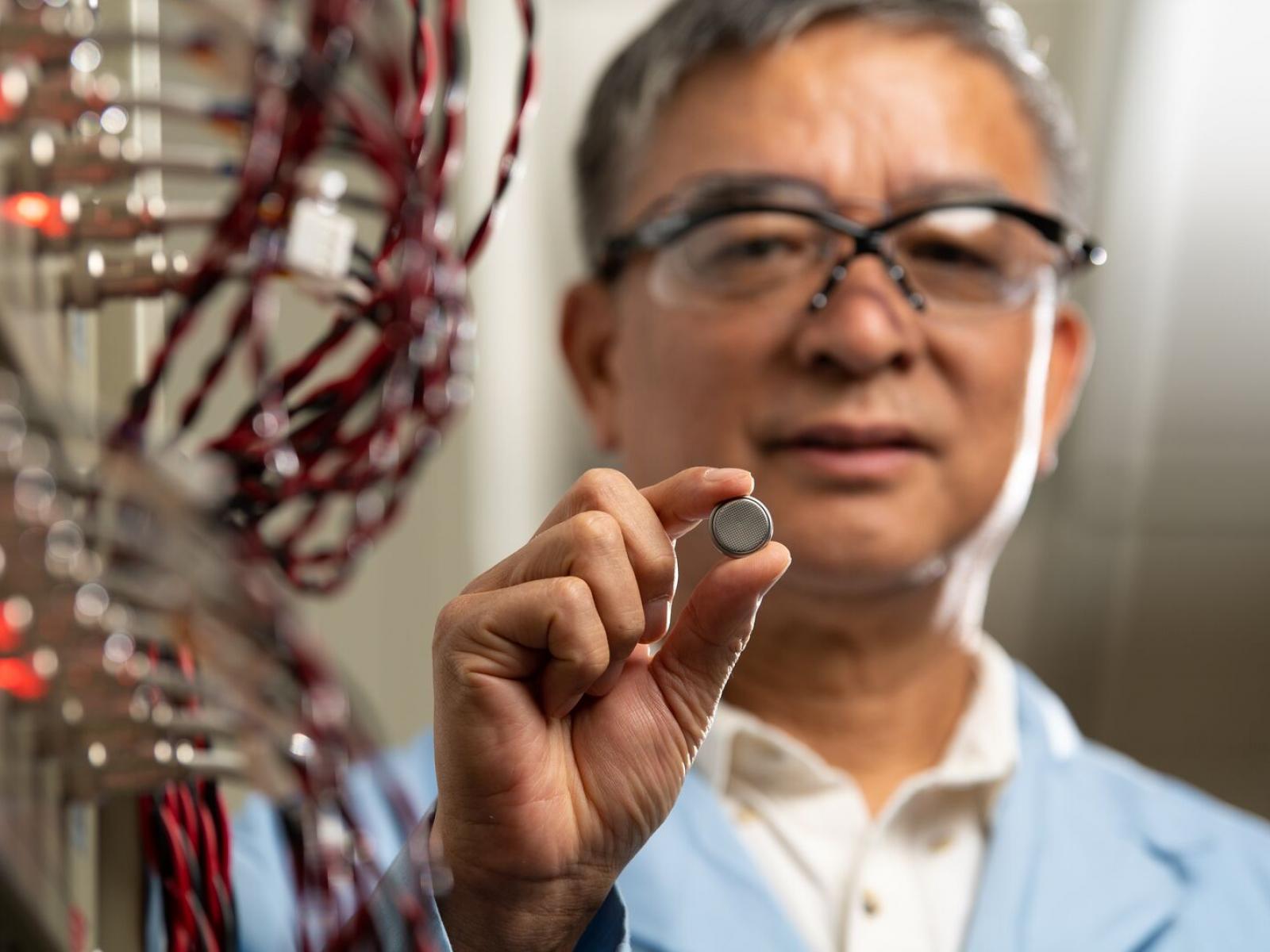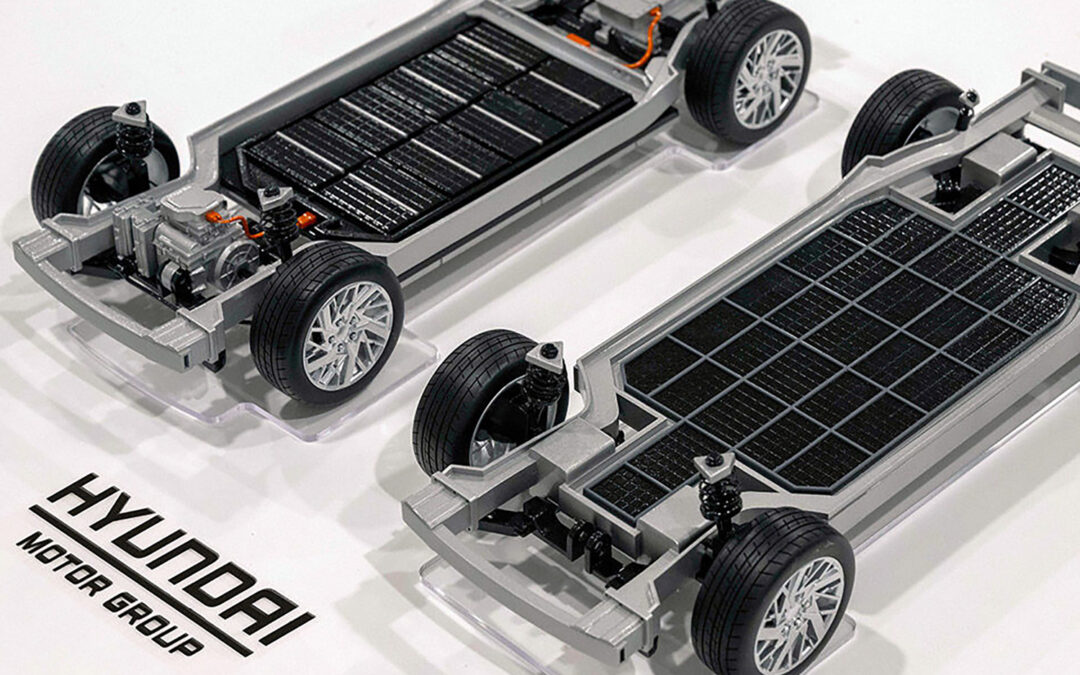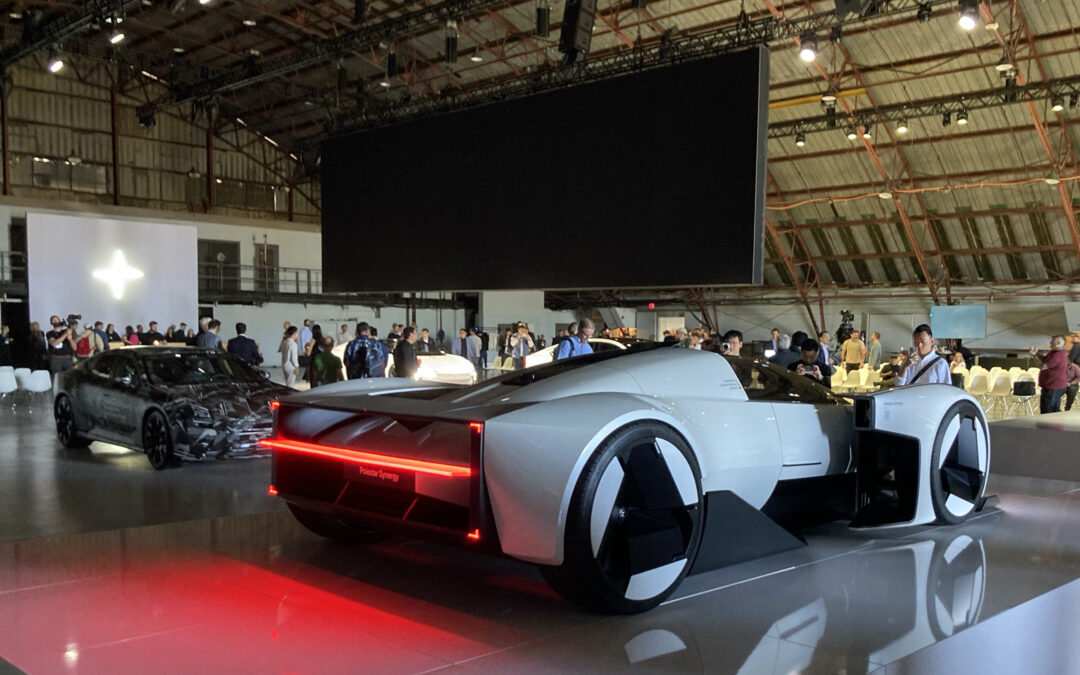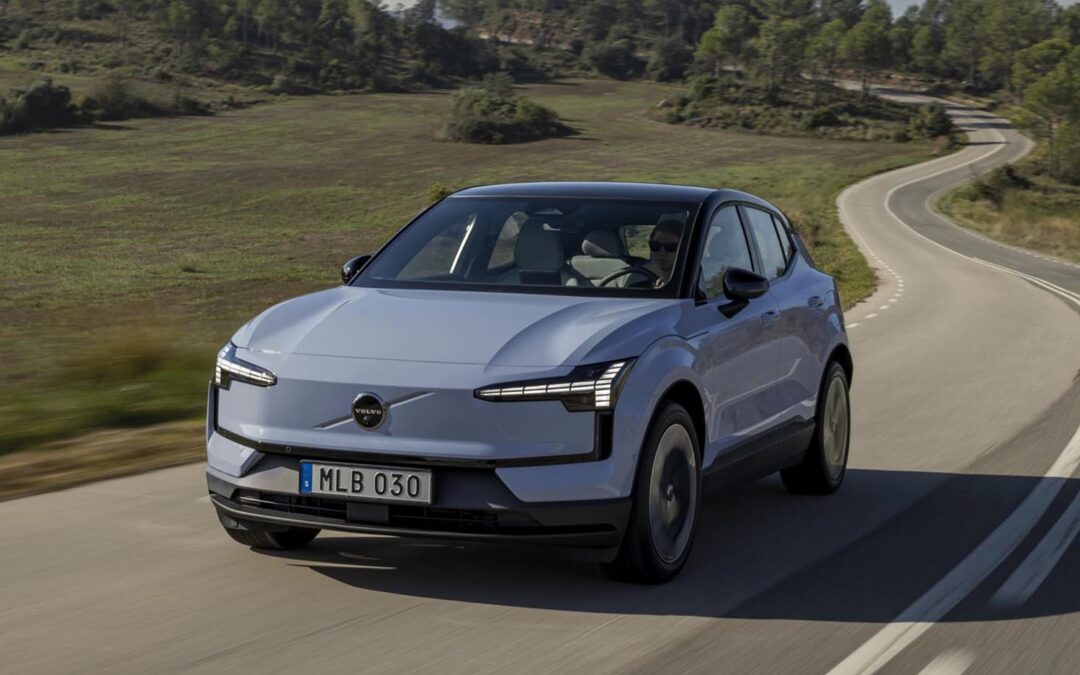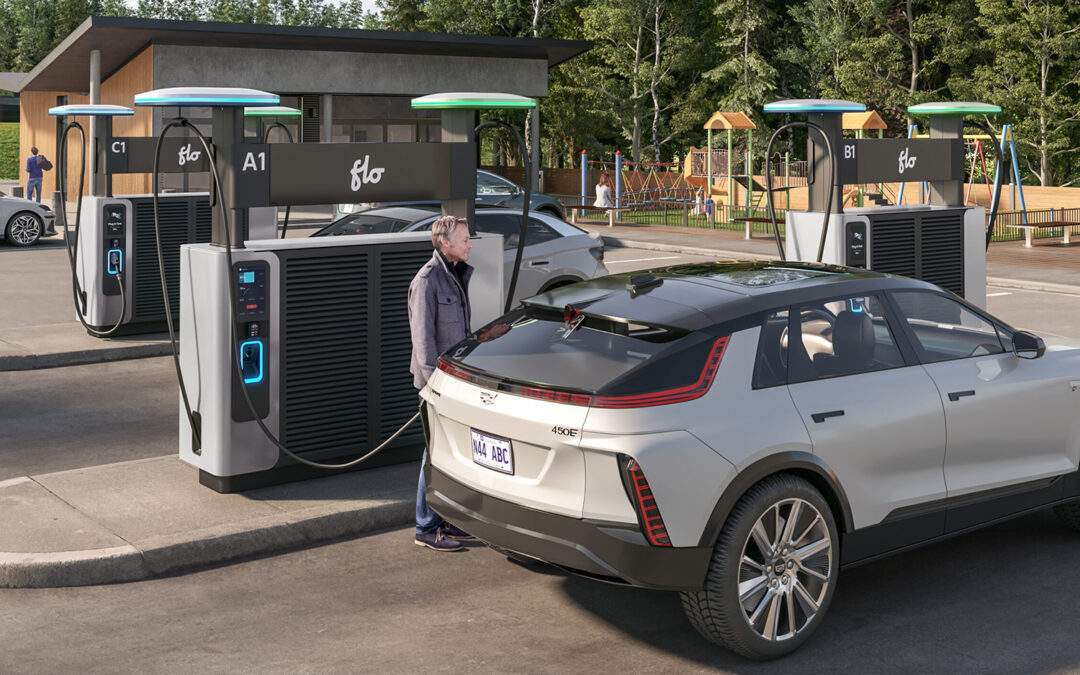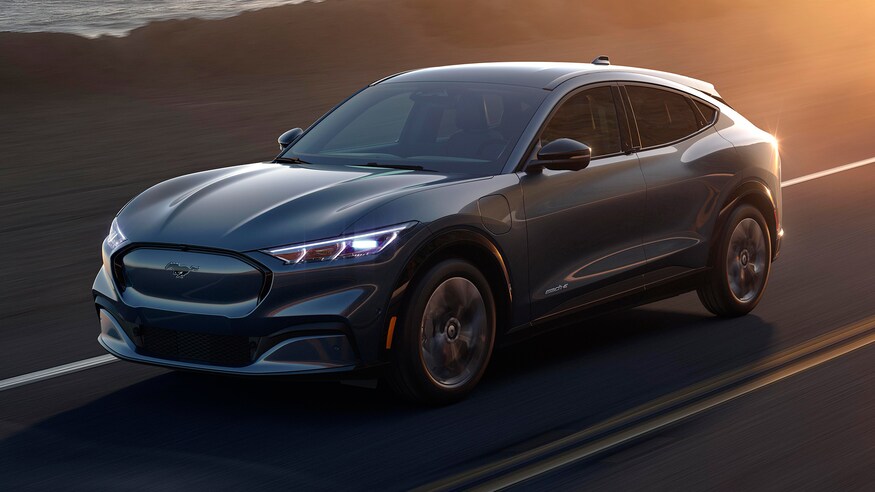As the automotive industry works towards solving the supply chain challenges currently limiting the development and production of new EVs, sodium-ion batteries have emerged as a promising, cost-effective, and environmentally friendly solution. This week, it was revealed that a research team from the US Department of Energy’s Pacific Northwest National Laboratory (PNNL) has developed a sodium-ion battery with “greatly extended longevity.”
The findings were published in the journal Nature Energy, and explain that in batteries, the electrolyte is the circulating “blood” that keeps the energy flowing. The electrolyte forms by dissolving salts in solvents, resulting in charged ions that flow between the positive and negative electrodes. According to the paper, the researchers shifted the ingredients that make up the battery’s liquid core (the liquid solution and the type of salt flowing through it), which helps to prevent performance issues that have caused trouble for previous sodium-based batteries.

This vial of clear, sodium-ion electrolyte provides the circulating “blood” that keeps the energy flowing through an experimental battery technology. / Andrea Starr, Pacific Northwest National Laboratory
“Here, we have shown in principle that sodium-ion batteries have the potential to be a long-lasting and environmentally friendly battery technology,” explains PNNL lead author Jiguang (Jason) Zhang.
Using this process, scientists have greatly extended the number of charging cycles (300 or more) with minimal loss of capacity (more than 90 per cent retained) in a coin-sized battery in lab tests, for the first time ever.
This new technology works by stabilizing this protective film which develops on the negative end of the battery, which dissolves over time. The new electrolyte also reportedly generates an ultrathin protective layer on the positive pole (the cathode) that contributes to additional stability of the entire unit.
This approach also makes use of a naturally fire-extinguishing solution, which is impervious to temperature changes and can operate at high voltages. According to the research article, this makes for the perfect formula to ensure a long, reliable battery life cycle. Could sodium-ion batteries be the future for EVs? It’s still too early to tell, but this is a promising step in the right direction.
